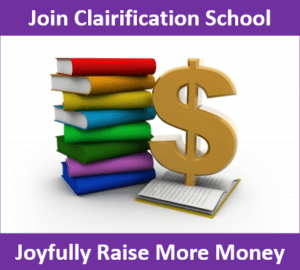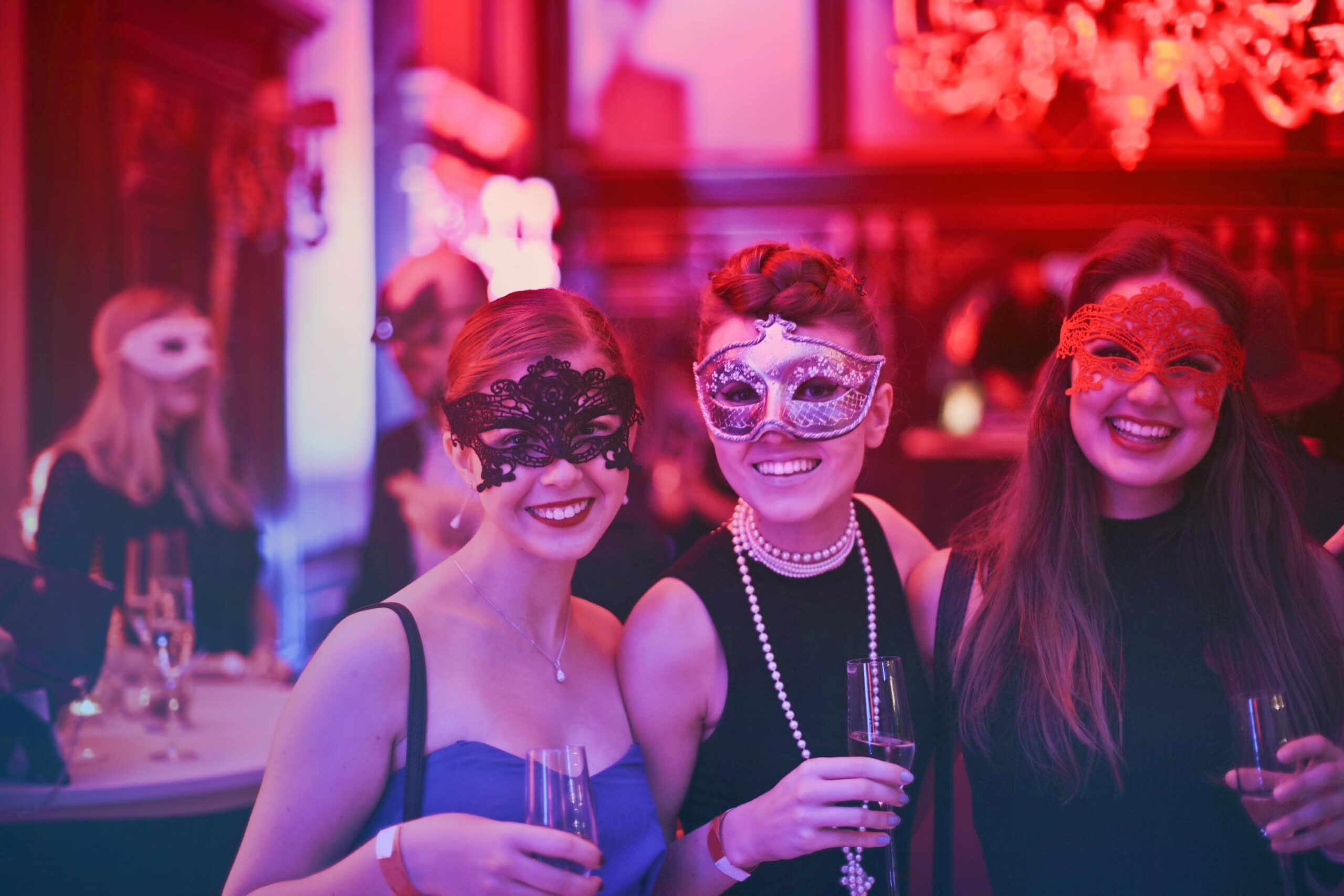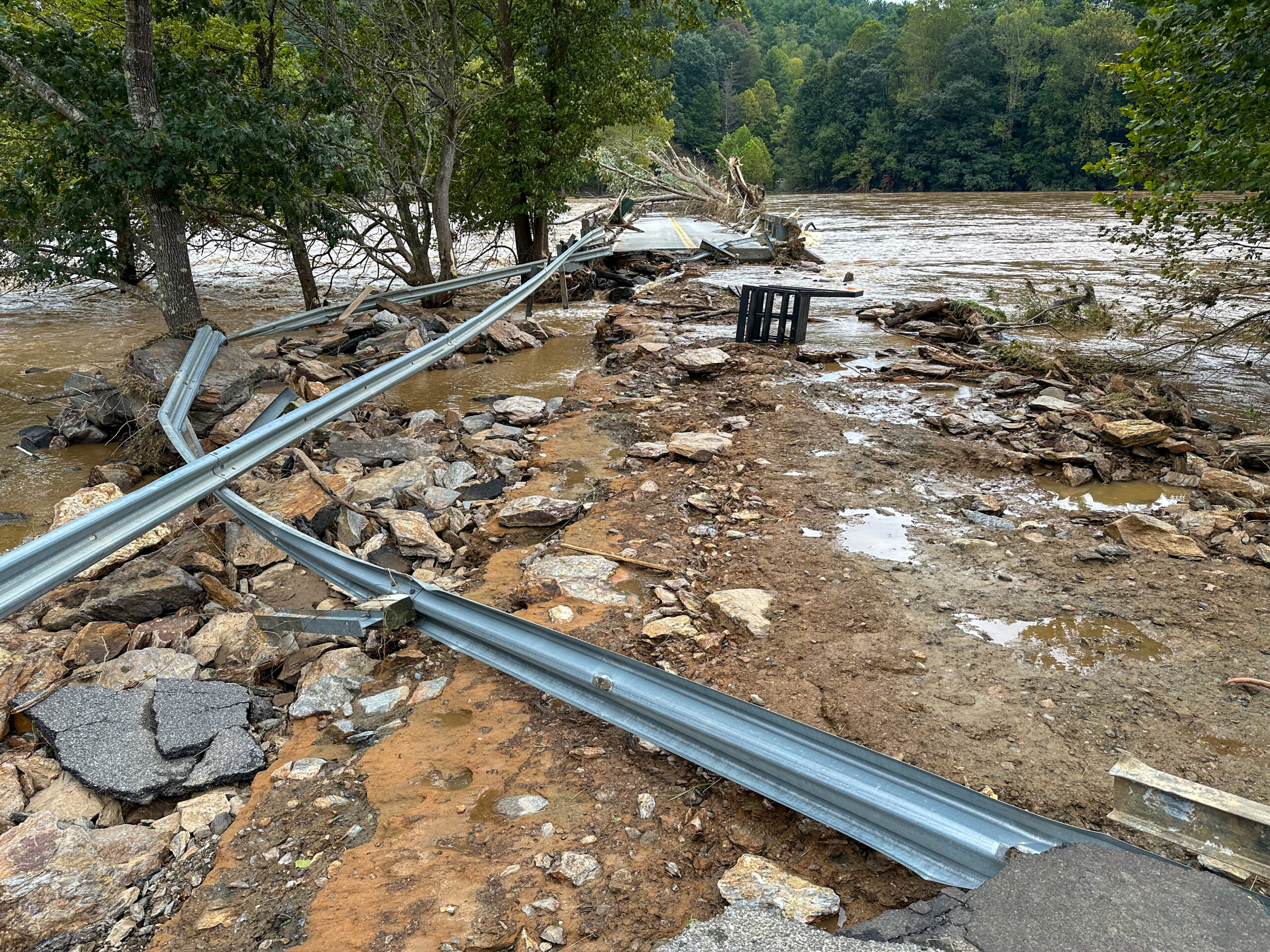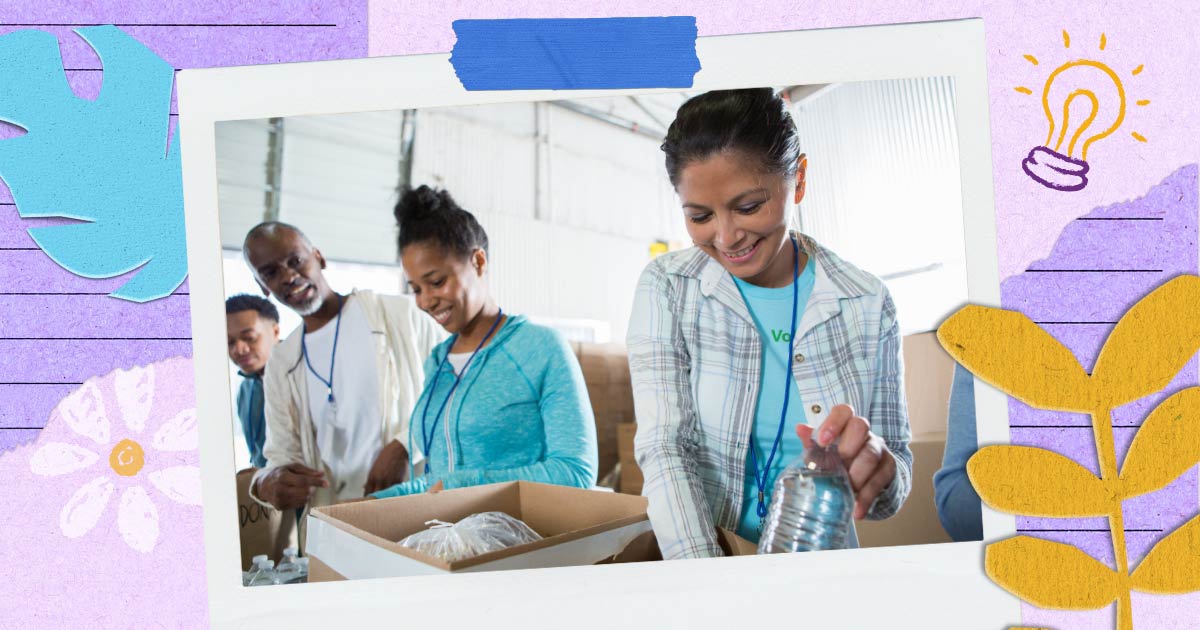
In Part 1 we looked at establishing event goals and objectives; then determining if an event was the most efficient and effective way to achieve desired outcomes. In Part 2 we reviewed 4 top event planning tips. In this last article of a three-part series on event planning we’ll look specifically at how to make the event “stick” emotionally.
1. Overall, we’ve recognized most events are less about actual monetary return on investment (ROI) than they are about return on engagement (ROE). In other words, if you’re doing an event purely to raise money there are other more cost-effective fundraising strategies.
2. However, events done right are an excellent awareness-raising, branding and donor cultivation tool. You just have to go into events fully cognizant of what success will look like, both from your organization’s and your donor’s perspectives. Only armed with this understanding can you create events that will be worth your while.
3. Today we look at ways to make events – once you’ve decided to hold them – fulfill both your and your donors’ dreams. This is where you deliver on becoming unforgettable — in a truly great way — so the next time you reach out you are warmly embraced. In other words, this is the first step to getting event attendees to stick with you over time.
“People will forget what you said, people will forget what you did, but people will never forget how you made them feel.”
– Maya Angelou
If you do hold this event, what can you do to make it worth the effort?
Aside from the money, what happens when you bring folks together for a real-time, communal experience?
Sometimes there are things you can’t put a price tag on.
Positive, memorable experiences.
Like your high school prom. The night you became engaged. The birth of your first child. The transcendent fireworks display. The winning point scored. The arrival at the mountain’s peak.
I recently happened on a podcast from Convince and Convert: The Secret Ingredients to a Memorable Customer Experience. The whole episode is interesting, but one part particularly struck me. It’s midway through the audio [10:04 – 19:46]
DISSECTING THE EXPERIENCE: Flagstaff House
For his seventh anniversary, Joey took his wife to Flagstaff House which is, according to Thrillist, the most romantic restaurant in America. Every detail was considered, from custom menus with their names and a hand-signed congratulatory message on them, to a magical, theatrical dessert called S’mores Flambé. The podcast looks at lessons learned from this truly memorable customer experience. Takeaways include:
- Personalize with mementos to make details remarkable and create a memorable customer experience.
- Create an experience your customer hasn’t had before.
- Service is as, or maybe more, important than setting.
- Focus on all the small details that show you care.
- Anticipate, and be sensitive to, personal preferences (e.g., dietary restrictions, allergies).
- Follow your customer’s pacing.
- The first and last experience with a brand are the ones that are most memorable.
Joey remembered the presentation of the hand-signed menu and the dessert finale. First and last.
The in-between part was important too.
What do you do to WOW event attendees when they first arrive?
I always thought long and hard about making a good first impression. Because folks will carry this mindset throughout the rest of the event. If you give folks rose-colored glasses, they’ll view the rest of your event through this cheery lens.
Things I have done (please add your own in the comments):
-
Searchlights to guide folks to the event and create excitement.
-
Cheerful balloons at entrance to kick things off with a festive feeling.
-
Volunteer greeters to warmly welcome folks as they arrive.
-
Roving musicians, magicians, acrobats or other entertainment.
-
Corsages and boutonnieres for special guests.
-
Logo pins (or fun glow stick jewelry) for all guests.
-
Welcome glasses of bubbly to herald fact this is a celebration.
-
Hosted bar and/or specific cocktails with donated liquor to create a sense of generosity.
-
Hosted coat check to make folks comfortable.
-
Photographer to take guest photographs and present them with a memento.
-
Passed hors d’oeuvres to create a feeling of abundance.
-
Food trucks with free bites to generate a sense of novelty.
-
Interactive reception entertainment (e.g., silent auction, raffle, surprise gift boxes; fun games with prizes (e.g., guess the number of gummies in the jar; spin the wheel to win a prize); photo booth).
-
Favor bags or souvenir at everyone’s seat.
-
Designated host at every table to welcome guests and assure everyone is included in conversation.
What do you do to WOW event attendees when they leave?
Things I have done (please add your own in the comments):
-
Champagne toast (bubbly is served to all; host leads everyone in a toast to the donors – who make it all possible)
-
Bonus dessert reception (after dinner is completed, guests exit the dining salon and are greeted by a surprise dessert buffet in the reception area — now filled with donated treats)
-
Bonus espresso bar.
-
Take-home favors (e.g., logo gift; donated chocolates, cookies, candy, dried fruit, etc.; donated (autographed?) book or magazine; donated gift coupon) [Always add a meaningful note, and package items festively. Once I gave away chocolates in a bag with a note saying “Sweet Dreams.” Once I gave away heart-shaped cookies with a note saying “Thanks for being the heart of our community.” Once I got donated bagels and the Sunday morning newspaper as a way to say “Thanks for coming – Enjoy breakfast on us!”]
What do you do to WOW event attendees throughout the event program?
Gala event dinners are perhaps the most common type of special event. They can be spectacular and fun, or ho-hum and boring. Whatever you do, make sure yours doesn’t become one that’s considered a test of endurance.
Things to avoid:
-
Failure to prepare a seating chart. People come to group events to meet and talk with other people. Take the time to put them into groups of people you think they’ll enjoy. Ask them in advance to let you know who they’d like to be seated with (this can be specific names and/or categories such as “other single women,” “single men,” “finance professionals,” “young couples,” “mixed age group,” etc.)
-
Tables too large for folks to talk to anyone other than the person seated to their right and left. Be cognizant of the role your event plays in creating community.
-
Too many speeches. Think from the perspective of your guests, not your staff and volunteers. Sure, everyone involved wants to have their spotlight moment. But… too much is too much. A welcome from each of the Gala chair, Board chair, Executive Director and Sponsor representative is going to have people jumping out of their skin! Try to spread things out, and give some volunteers a spotlight in other ways.
-
Too long speeches. I adhere to the two-minute rule. No one should speak longer than this, especially before food is served. Hold a practice session with your presenters, and time them.
-
Making people wait too long for food. What I said above. It can be very awkward when food is sitting on the table (e.g., bread and pre-set salads), yet folks aren’t sure if it’s okay to begin eating. It can help to schedule an invocation first.
-
Not letting folks know what to expect. People like to know what they’re in for. This is why when you go to a play it tells you in the program how many acts there will be, when and how long the intermission will be, and how long the show will run. Make sure folks have a program (either at their seats or on a slide projection).
-
Clearing plates and glasses too soon. Have you ever been to an event, gotten up to go to the restroom, and then come back to find your dessert is gone? Or gotten up to go dance, and then come back to find your water has been cleared? Not good. Hotel staff will want to complete their work chores as soon as possible so they can leave. Work with them in advance so they know your schedule and preferences regarding event pacing. Remember: Your goal is always to be donor-centered and provide a transformational donor experience. Clearing plates, removing centerpieces and turning off the lights the minute the transactional elements have been fulfilled is not going with your donors’ flow.
-
Failure to tell stories that demonstrate your impact. Sadly, I’ve been to too many “interchangeable events.” The host welcomes everyone to the event, people eat, some folks are honored, and people leave. There’s no real mention of what the organization does or why they do it. It’s easy to leave these events without even remembering the name of the host organization (though you may remember the name of the venue; problematic when your social services organization rents out the local aquarium).
-
People talking over the program. This can be an outgrowth of too many speeches. Or endless introductions. Or anything that doesn’t command the full attention of the entire crowd. Even a live auction can lead to this result when it only has items a few folks are interested in or have the capacity to bid on. People get antsy and begin to chat. The event loses focus. And folks may as well be anywhere. They start to ask each other “How long do you think this will go on?” Not good.
Deliver an unforgettable experience that meets needs and exceeds expectations.
“Start with customer needs and work backwards.”
— Jeff Bezos
Attendees are your customers. Think about who they are and why they’re attending. What needs might they have? How can you meet these needs?
Wherever folks are along the continuum of knowing and believing and trusting you, what do they need to respect you more… like you more… enjoy being involved with you more… and, ultimately, love you more — enough to invest passionately with you?
Focus on joyful experience, experience, experience.
Being up close and personal with your constituents gives you a chance to:
- rub actual shoulders.
- pat folks on the back.
- introduce folks to others you think they’d like to meet.
- get people together with beneficiaries of your services.
- help them gain deeper knowledge of what you do through direct experience or observation.
- affect people emotionally.
The Temkin Group, which specializes in customer loyalty in the commercial sector, found positive emotions drive loyalty. The top three emotions? Excited, appreciated and happy.
Consider what you can do with the invitation, pre-event promotion, venue, choice of activities and little extras that will showcase your mission and provide a warm and wonderful personal experience for each of your guests.
As they leave, your guests may be silently humming “thanks for the memories.”
Because you’ve given them a ‘gift’ of an overwhelmingly positive experience, they’ll be more inclined to give one in return.

Please make sure you enroll in Clairification School to get access to all my articles and other content for a full 12 months. My goal is to help nonprofits of all shapes and sizes, and I understand not everyone has a budget for more expensive conferences or coaching. Clairification School is here to meet your needs. Feel free to let me know what topics you’d like to hear more about! [If joining is a financial hardship, let me know and we’ll work it out. I mean it.]
#Nonprofit #Event #Fundraising #Theyll #Forget #Feel










